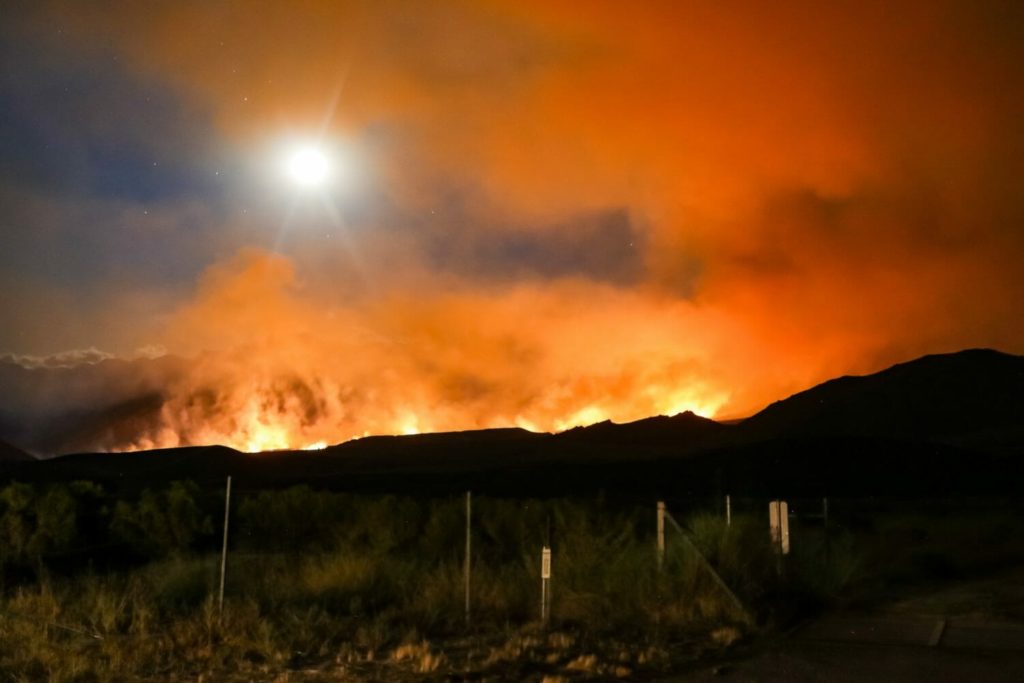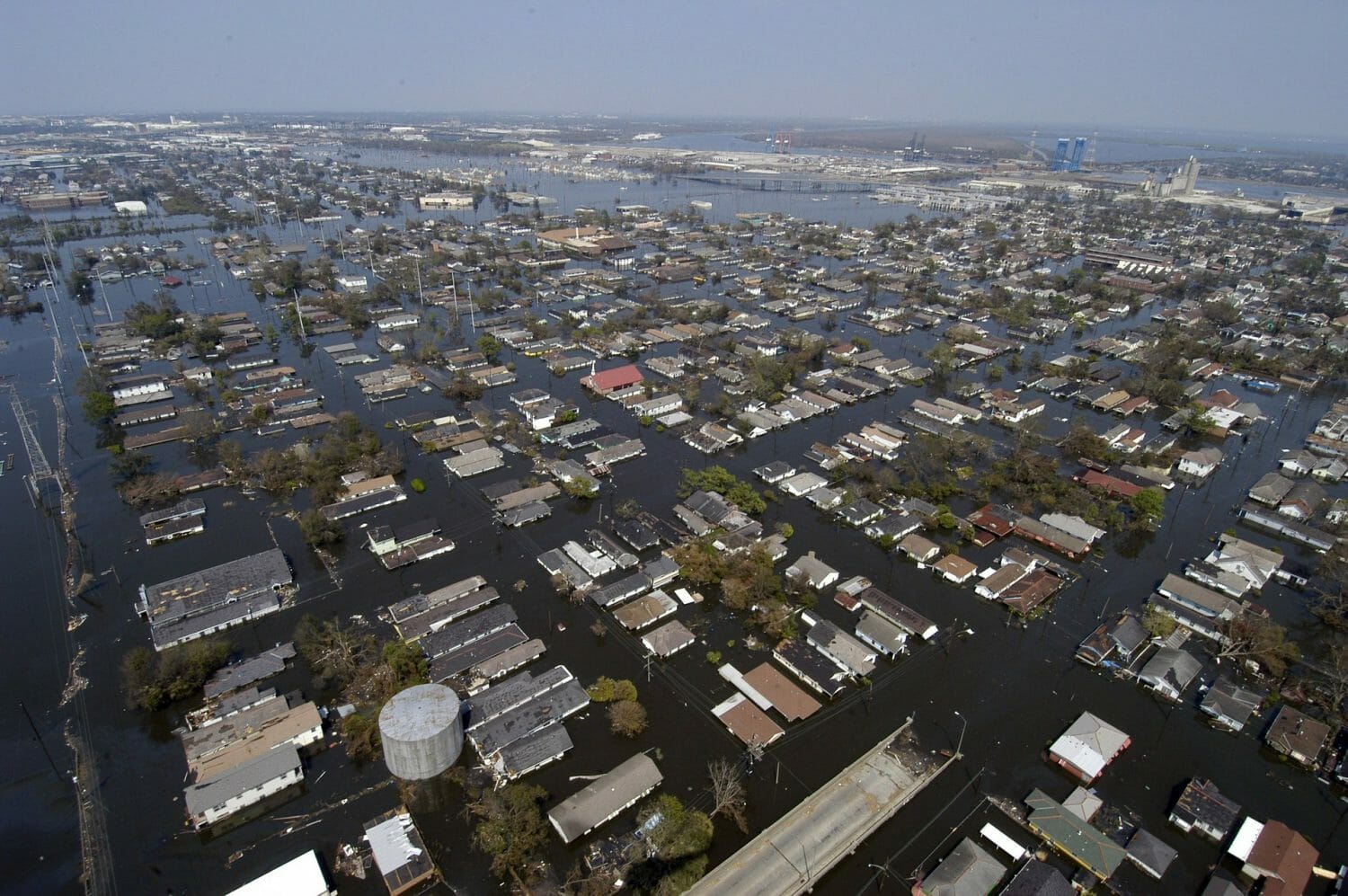All four federal regulatory agencies – the National Credit Union Administration, the Office of the Comptroller of the Currency, the Federal Reserve, and the Federal Deposit Insurance Corporation – have once again released separate joint statements encouraging financial institutions to “meet the financial services needs of their communities” in or near the two major disasters in the United States, Hurricane Ida on the Gulf coast and the ongoing California wildfires.
Such disasters are becoming ever more consistent and common in recent years, and it is not an unfair question to ask whether credit unions should have a disaster preparedness plan at the ready, 365 days a year. The year 2020 alone broke records for disasters throughout the country, and in extremely destructive and expensive ways. The Atlantic Ocean spit out so many hurricanes that meteorologists ran out of names to call them for just the second time in history. In the West, states repeatedly broke records for largest wildfires on record. Extreme storms flattened buildings and destroyed agricultural crops. To top it off, the planet had its hottest year on record.
All suffering from environmental disasters is NOT equal
In sum, the U.S. in 2020 had 22 billion-dollar weather and climate disasters, six more than any year prior, according to the National Oceanic and Atmospheric Administration. These increasingly violent disasters affect millions of Americans and are progressively disastrous for low-income communities and communities of color. They put lives at risk while destroying the dependable structures and institutions that are essential to those communities like homes, schools, and businesses.
Make no mistake, those risks to major population centers are NOT distributed equally. Many lower-income communities in New Orleans and those inhabited by people of color have less protected infrastructure like levees and seawalls to keep them safe from rising seawater, tropical storms, or hurricanes. Such communities often experience the most difficulty getting out of the storm’s path as they attempt to find money, safe shelter, or avenues to evacuate.
California’s wildfire burn area has increased by more than 23,000 acres per year over the past 20 years, and the number of people who have been negatively affected has almost doubled.
As is the present case in New Orleans with Hurricane Ida, the city has already taken a devastating hit in the last year and a half due to a COVID-19 pandemic that has ravaged the region’s tourist-dependent economy and skyrocketed its unemployment rate to nearly 16 percent. Add in Louisiana’s low vaccination rate with the growing Delta variant, and those statistics might climb even higher going into 2022.
In turn, California’s wildfire burn area has increased by more than 23,000 acres per year over the past 20 years, and the number of people who have been negatively affected has almost doubled. In a paper recently published in the International Journal of Environmental Research and Public Health, researchers at the University of California, Irvine found that the elderly and low-income residents suffered a particular amount of the wildfire’s impact as opposed to other groups.
“Intuitively, rural areas sustain more wildfire damage than other parts of the state,” says Shahir Masri, assistant specialist in air pollution exposure assessment and epidemiology in UCI’s Program in Public Health. “Importantly, however, these areas also happen to be characterized by higher poverty rates, unemployment, and a greater proportion of low-income residents without college degrees. We also found that, rural or not, communities hit hardest by wildfires had much higher proportions of elderly residents.”

Photo: Ross Stone | Pixabay
Lending affords borrowers some leeway
There is much to be made of finding underserved areas throughout the country that are becoming in perpetual need of community-supportive financial institutions like credit unions, while providing the essential financial services they will need to recover. In meeting the requirements of members with existing loans, the regulators are encouraging financial institutions to work constructively with loan borrowers in the regions affected by the wildfires and Hurricane Ida. “Prudent efforts to adjust or alter terms on existing loans should not be subject to examiner criticism,” the agencies’ statement says. “The agencies recognize that efforts to work with borrowers in communities under stress can be consistent with safe and sound practices as well as in the public interest.”
In supervising the financial institutions affected by Hurricane Ida and the wildfires, the regulators assured them they will consider the unusual distress those institutions themselves are experiencing. “The agencies understand that many financial institutions face staffing, power, telecommunications, and other challenges in re-opening facilities after the wildfires.”
Preparing for next time: financial tools fit for disaster recovery
While digital innovation has been utilized within the financial services industry to increase efficiency, profitability, and ease of use, most recently we have found we can use fintech innovation to improve members’ recovery efforts following what has grown into annual bouts with Mother Nature. Be it the wildfires on the west coast or hurricanes in the southeast, individuals and families are in dire need of mobile financial assets like the QCash mobile life event loan solution to be there when disaster strikes and emergency cash is imperative.
Credit unions can be that lifeline to financial recovery following disasters like Ida and the western wildfires. They can be that top-of-mind resource that responds to protracted crises and recurring disasters. They can be the local institution that can mitigate risk by helping their members secure quick and accessible cash to alleviate suffering. All from their mobile device.
Is your credit union experiencing the effects of the California wildfires or Hurricane Ida?
Please tell us in the comments below how you are doing and how you have been able to work with members to prepare or manage their financial needs.






